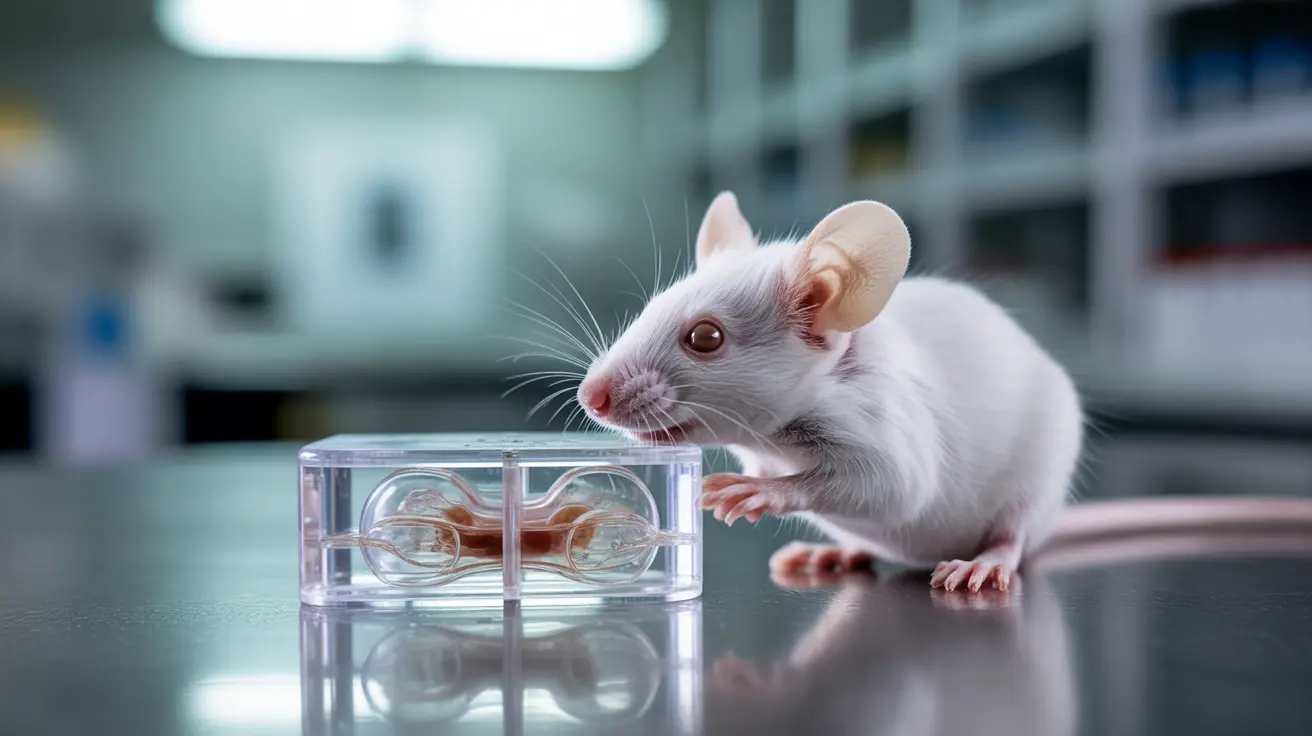The Most Important Ingredient in Homemade Dog Food
Creating your own dog food at home can be a rewarding experience that lets you tailor meals to your pet’s specific health and dietary needs. But when preparing homemade meals for your furry friend, understanding what goes into making it nutritious and complete is essential. Of all the components, one stands out above the rest:
high-quality protein.
Why Protein Matters Most
Dogs are omnivorous but thrive on a diet rich in animal proteins. Protein supplies
essential amino acids that are the building blocks of healthy muscle, skin, hair, and immune function. Without adequate protein, dogs may experience fatigue, compromised immunity, and poor coat health.
Top Protein Sources in Homemade Dog Food
In all three popular homemade dog food recipes referenced, protein took center stage. Here are the most widely used protein sources:
- Chicken — The most popular and easily digestible protein. Used in recipes such as Lucky and Rippy’s Favorite Dog Food and Chicken & Rice Dog Food.
- Ground Turkey — Lean, affordable, and rich in protein, included in many simple homemade meals.
- Organ Meats — Chicken liver and gizzards offer concentrated nutrients and vital amino acids.
- Ground Beef or Salmon — Often used as alternatives for dogs with allergies or as variety options.
Complementary Ingredients
While protein is vital, other nutritious components contribute to a balanced diet:
- Rice or Whole Grains — Brown or white rice offers a digestible source of carbohydrates.
- Vegetables — Carrots, spinach, broccoli, and green beans provide vitamins and fiber. Must ensure no garlic or onions are included, as these are toxic to dogs.
- Fats and Oils — Omega oil or coconut oil helps with skin and coat health.
- Supplements — A dog-specific nutrient blend is often required to meet full vitamin and mineral needs.
Preparation and Storage Tips
Whether boiling or sautéing meat, proper preparation is key to food safety and nutrient retention:
- Use fresh, human-grade ingredients whenever possible.
- Cook all proteins thoroughly to eliminate pathogens.
- Cool food before serving and store in the refrigerator for up to 4 days or freezer for up to 3 months.
- Avoid harmful ingredients such as onions, garlic, apple seeds, and added salts.
Tailoring Meals to Your Dog
Each dog has unique needs based on age, breed, weight, and activity level. Consult your vet to determine:
- Protein quantity requirements
- Need for fat and carbohydrate variations
- Potential allergens or intolerances
Several reviewers noted switching to homemade because their dogs couldn’t tolerate commercial food, and they saw improvements in skin and digestive health after transitioning.
Common Mistakes to Avoid
- Skipping the nutrient blend — Homemade food often lacks complete nutrients unless supplemented
- Overfeeding — Large-breed dogs may require precise portioning to avoid obesity
- Inconsistent ingredient use — Sticking to the same core ingredients ensures digestive stability
Final Thoughts
Protein remains the
cornerstone of homemade dog food. Whether using chicken, turkey, or beef, ensuring a high-quality protein source is the first step toward a balanced canine diet. When combined with vegetables, grains, healthy fats, and necessary supplements, you’re giving your dog a meal that promotes vitality and long-term health. Always consult a veterinarian to tweak recipes for your specific dog and avoid nutrient deficiencies.
Homemade dog food fosters trust, transparency, and tailored nutrition—but protein will always lead the pack.





